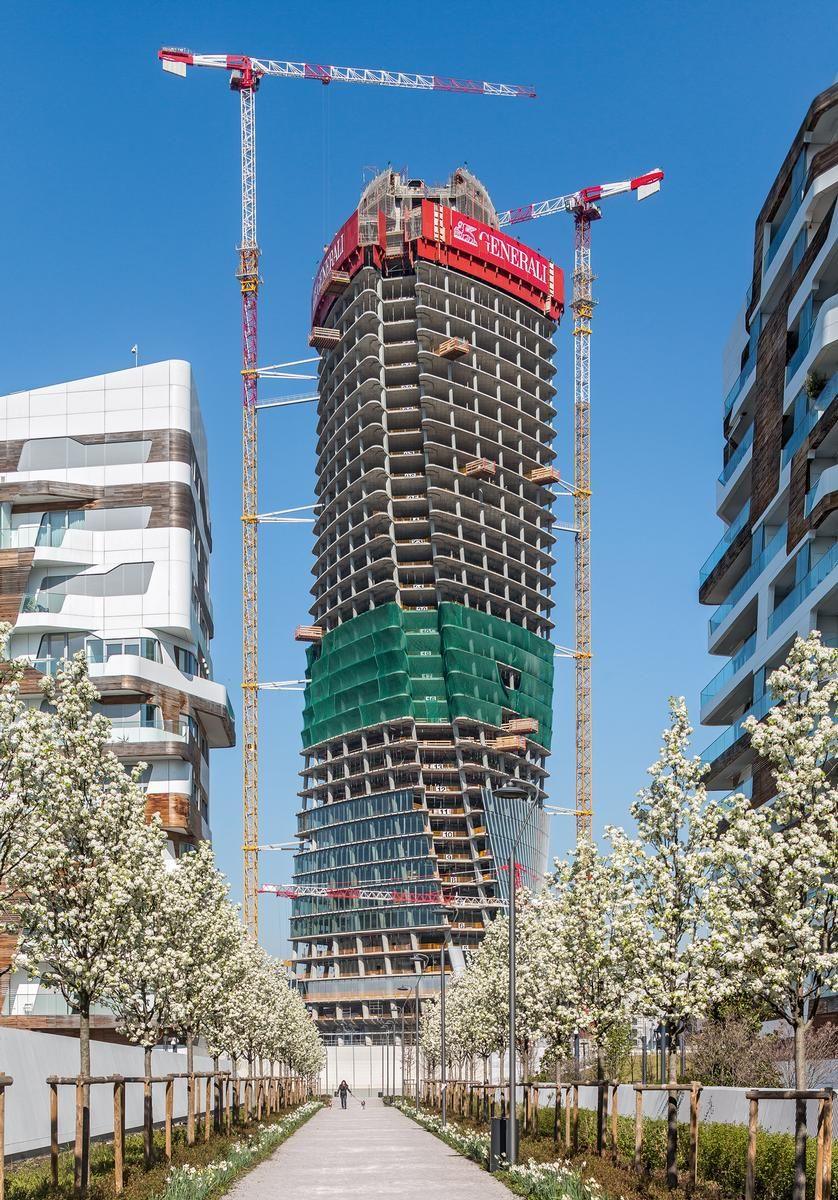Celebrating the Life and Legacy of Zaha Hadid

Introduction
Zaha Hadid, a name that resonates deeply in the world of architecture, was renowned for her innovative designs and groundbreaking approaches. Recognised as the first woman to receive the prestigious Pritzker Prize in Architecture, Hadid’s work has significantly transformed urban landscapes and challenged conventional architectural boundaries. This article delves into her life, major works, and ongoing influence in the architectural domain.
Early Life and Education
Born on October 31, 1950, in Baghdad, Iraq, Zaha Hadid displayed an early talent for mathematics and art. She pursued her studies at the Architectural Association School of Architecture in London, where she developed her unique style, influenced by the work of prominent architects such as Le Corbusier and Louis Kahn. Following her education, she began working for the renowned architect Rem Koolhaas before establishing her own practice in 1980.
Groundbreaking Works
Hadid’s architectural career is marked by a number of iconic projects that exemplify her vision. The Vitra Fire Station in Germany, completed in 1993, was one of her first notable works, showcasing her ability to use fluid forms and dynamic spaces. Other significant projects include the MAXXI Museum in Rome, the Guangzhou Opera House in China, and the London Aquatics Centre for the 2012 Olympic Games. Each of these structures reflects her signature style—characterised by sweeping curves and an emphasis on movement, often blurring the lines between architecture and sculpture.
Recognition and Awards
Over her illustrious career, Hadid received numerous accolades that highlight her contribution to architecture. In addition to the Pritzker Prize, she was awarded the Royal Institute of British Architects (RIBA) Gold Medal in 2016, becoming the first woman to receive this honour. Her work has not only earned her accolades but also a lasting place in architectural history, inspiring future generations of architects, particularly women in the industry.
Conclusion
Zaha Hadid’s legacy continues to inspire. As her work evolves into the next phase of urban design, her pioneering spirit and design philosophy remain relevant. With ongoing projects around the globe, including the Zaha Hadid Architects firm, her influence is palpable in contemporary architecture. The unique intersection of art and structure she championed serves as a reminder of the power of innovative design to transform environments and enhance the human experience. The architecture world continues to honour her memory and contributions, paving the way for a more inclusive future.
